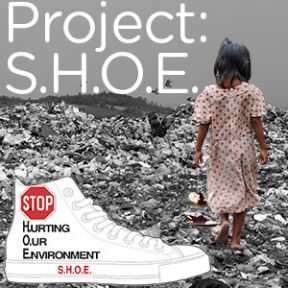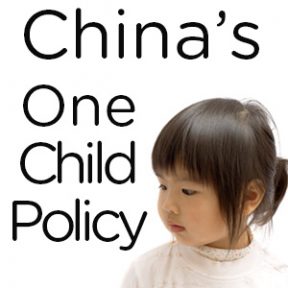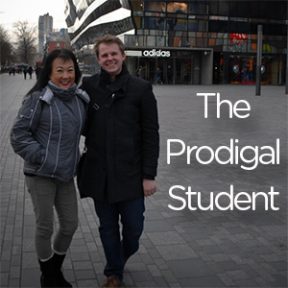 I could never understand how someone could actually love a rodent like a pet. I have always loved big dogs. We’ve had 3 golden retrievers: Nugget, MacGyver, and Indy (short for Indiana Jones), and Jaclyn’s dog Radar. They were and continue to be an integral part of our lives. Their loyalty and sweet personalities make them different from other kinds of pets.
I could never understand how someone could actually love a rodent like a pet. I have always loved big dogs. We’ve had 3 golden retrievers: Nugget, MacGyver, and Indy (short for Indiana Jones), and Jaclyn’s dog Radar. They were and continue to be an integral part of our lives. Their loyalty and sweet personalities make them different from other kinds of pets.
Back in 1995, Pat Repperd, Jaclyn’s 1st grade teacher, introduced behavior modification by bringing in 2 rats for a class lesson. The students took the rats home at night and on weekends, and they all became quite fond of these 4-legged creatures.
Well, one thing lead to another, and the kids all received a lesson in procreation. Voila! 10 baby rats were born right in the classroom. Yuck! Then Nicole begged me to take one of the rats as her own pet! I don’t know how she talked me into it because I was terrified of the rodent. I never touched it or interacted with it ever. Nope! Not me.
Nicole was wonderful with Aphrodite, her little rat. She kept the cage clean and was responsible for everything from feeding her and filling her water bottle. Nicole allowed her rat to crawl over her as she did her homework. That was the only place the rat was allowed to roam outside of her cage.
One afternoon, I went in to talk to Nicole while she was doing her homework in her bedroom. I didn’t notice that Aphrodite was crawling around Nicole’s neck because Nicole had long, thick hair. All of a sudden, I felt something jump on to the back of my neck. I was completely startled and let out a blood curdling scream. Nicole quickly grabbed Aphrodite off of my back and put her in the cage. I had to leave Nicole’s room just to compose myself.
A few minutes later, Nicole walked into my room and said, “I think there’s something wrong with Aphrodite, Mom.” I told Nicole that she was fine but when she told me that Aphrodite wasn’t moving, I thought I should take a look at her. When I walked into Nicole’s bedroom, I found a dead Aphrodite lying in her cage. OMG! I killed her! I actually scared her to death! I felt awful and knew I had to do something. So Nicole and I buried Aphrodite and built a little fence around her gravesite. The ceremony was therapeutic for Nicole, and for me.
Who knew you could actually scare something to death? Lesson learned.



 Sometimes it takes the fresh, untainted perspective of a teen to solve problems that government agencies and adults can’t.
Sometimes it takes the fresh, untainted perspective of a teen to solve problems that government agencies and adults can’t.
 I feel sickened by this news. Australia’s federally-funded research agency, similar to our NASA in the United States, has cut 110 of 140 positions that handle atmosphere and oceans, and another 120 positions will be cut from the land and water program.
I feel sickened by this news. Australia’s federally-funded research agency, similar to our NASA in the United States, has cut 110 of 140 positions that handle atmosphere and oceans, and another 120 positions will be cut from the land and water program.
 Now that most college application deadlines have passed, you’re probably wondering what you’ll be doing with all of your free time.
Now that most college application deadlines have passed, you’re probably wondering what you’ll be doing with all of your free time. 
 While I appreciated China’s ban on families having more than one child to take a bold step towards reducing over population, this policy has created a society of only children.
While I appreciated China’s ban on families having more than one child to take a bold step towards reducing over population, this policy has created a society of only children. 





 Nobody likes to throw up, but I take that to a new level. I’d rather die than to throw up!
Nobody likes to throw up, but I take that to a new level. I’d rather die than to throw up!
 Armed with
Armed with 



 As Sean Linkletter’s college advisor way back in 2008, I was so proud to see him in Beijing last week.
As Sean Linkletter’s college advisor way back in 2008, I was so proud to see him in Beijing last week. 

 As we walked down “Snack Street” in Beijing, I saw the familiar rows of food vendors that you see in any metropolitan cities tourist districts. The wafting scent of fried goods filled the air and Chinese people everywhere were eating all kinds of treats on long bamboo skewers. But when I looked closer at the various kinds of meats on the skewer, I couldn’t believe my eyes.
As we walked down “Snack Street” in Beijing, I saw the familiar rows of food vendors that you see in any metropolitan cities tourist districts. The wafting scent of fried goods filled the air and Chinese people everywhere were eating all kinds of treats on long bamboo skewers. But when I looked closer at the various kinds of meats on the skewer, I couldn’t believe my eyes.